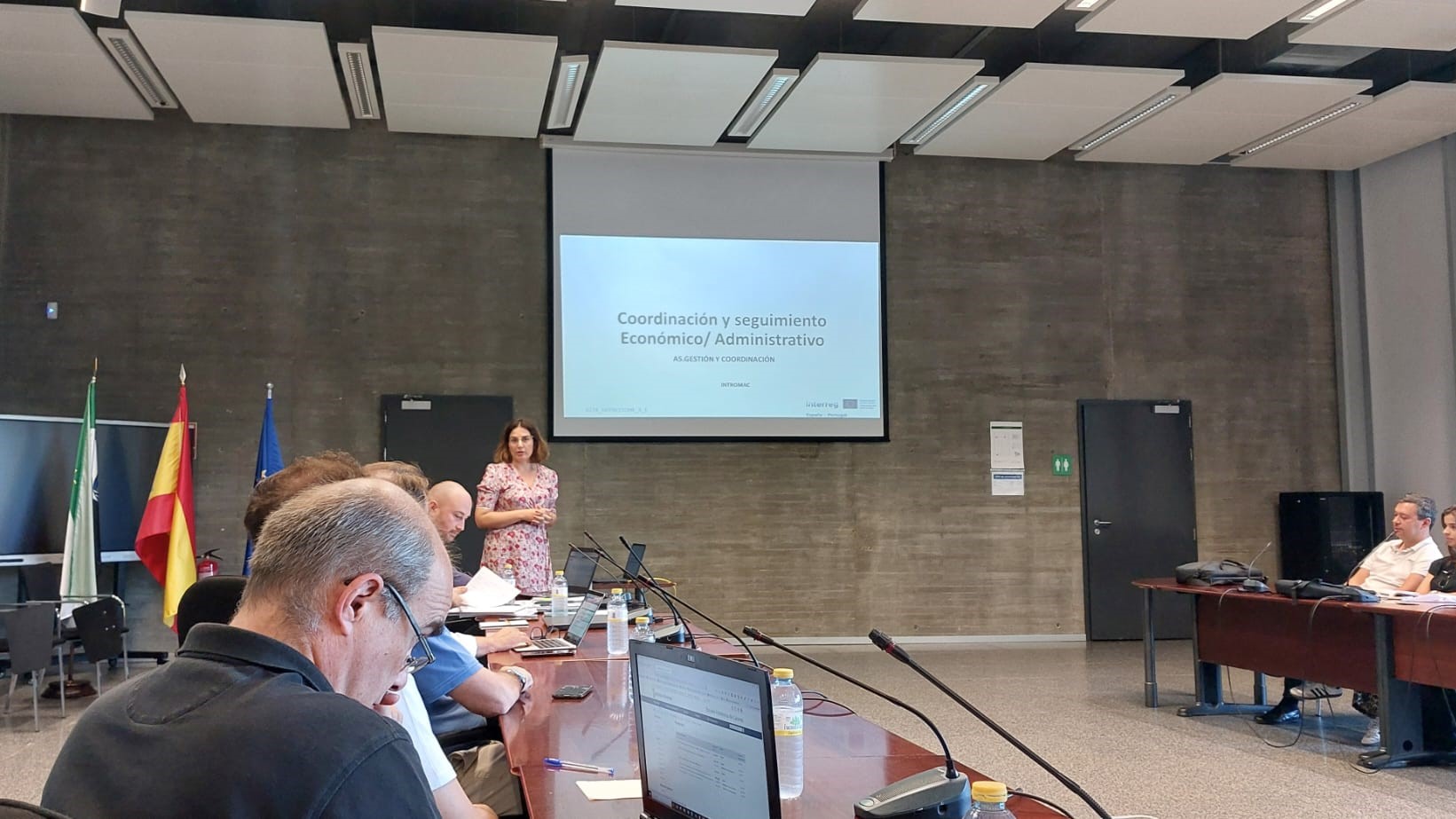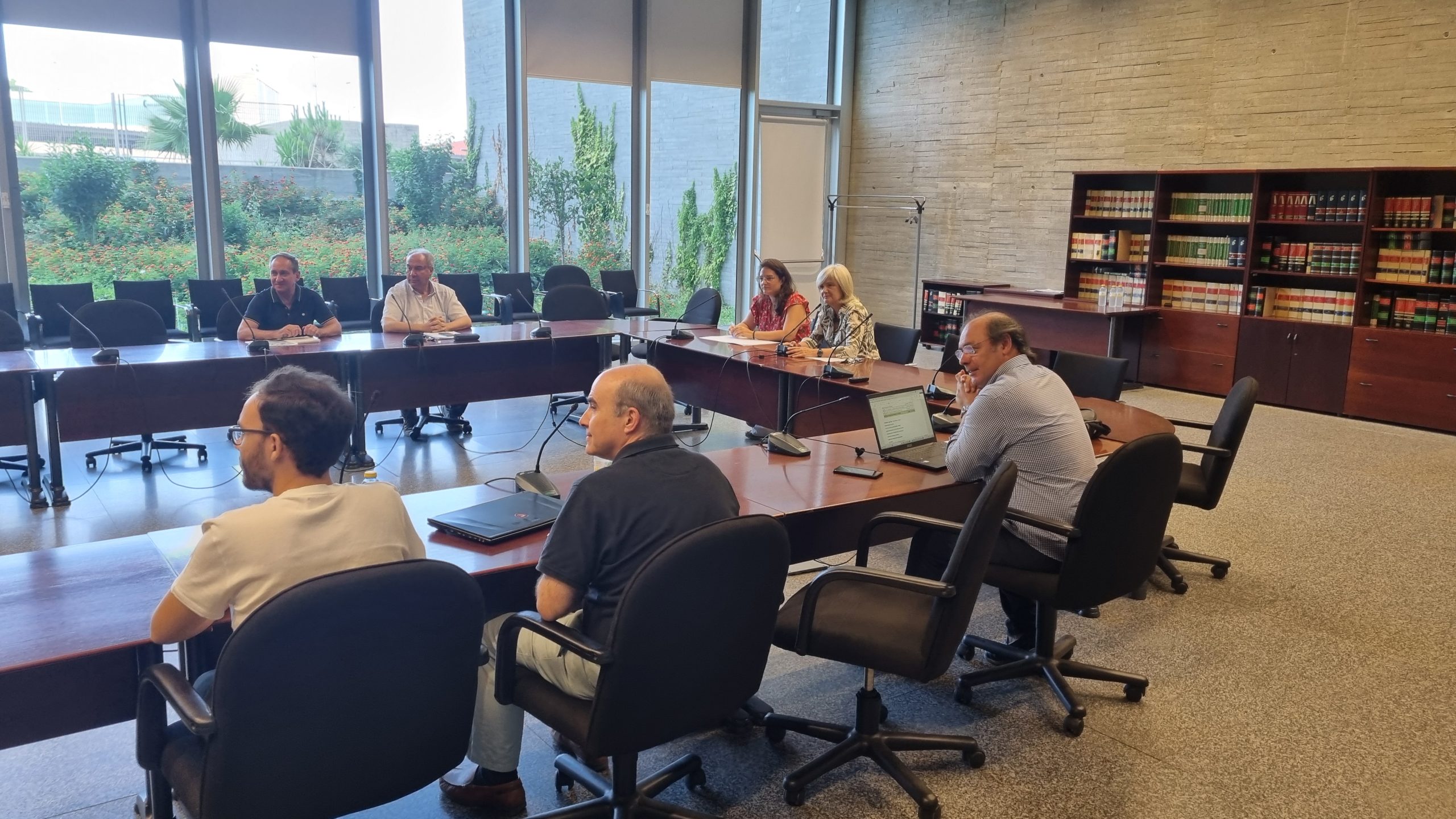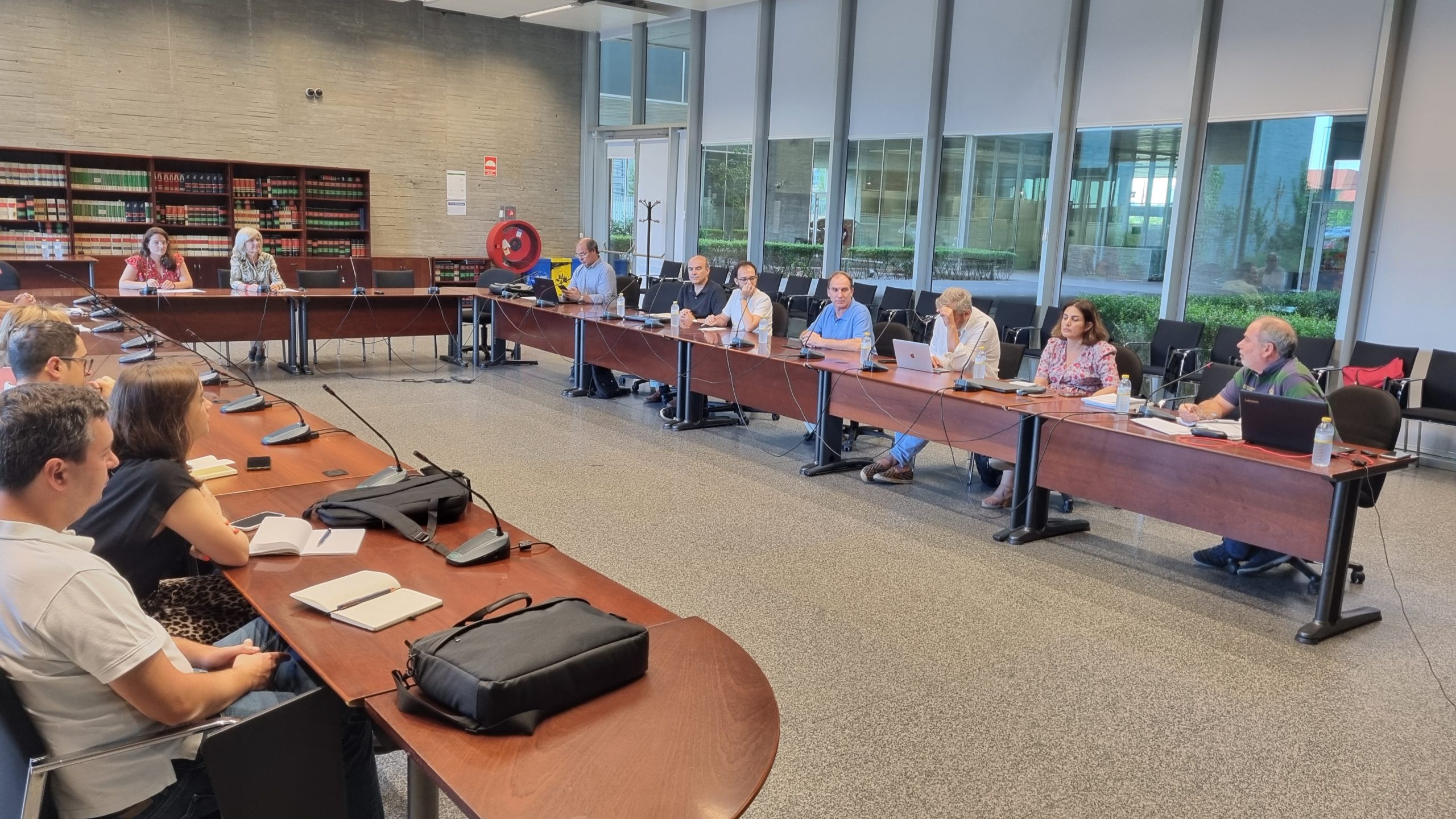The POCTEP HEPRESTONE project has officially commenced with an initial in-person meeting in Mérida, marking the start of a significant collaboration for the protection and conservation of cultural heritage. This meeting, aimed at establishing contact and taking the first steps of the project, was attended by the Regional Minister for Culture, Tourism, Youth, and Sports, Mrs. Victoria Bazaga, and Mrs. Adela Montaña Rueda Márquez de la Plata, Director General of Libraries, Archives, and Cultural Heritage. Members of the consortium, including the Extremadura Tourism Cluster, also participated, advancing the sustainable management of monumental heritage in the cross-border area.
Project Summary
The HEPRESTONE project, spanning three years, aims to protect the cultural heritage of the EUROACE area against factors such as climate change and mass tourism. It identifies and applies best practices and innovative measures for the monitoring and conservation of heritage sites.
Key components include the development of critical alert indicators and the creation of digital twins for pilot monuments such as the Alcazaba of Mérida, the wall of Évora, and the castle of Portezuelo. These digital twins will facilitate corrective maintenance, predictive conservation, and tourism management, employing an algorithm to monitor the alert indicators.
The project promotes sustainable tourism and preventive heritage management through the HBIM (Heritage Building Information Modeling) methodology, capturing and managing detailed information about the evolution of historic buildings. This intervention will help preserve heritage while boosting economic development and population retention in the cross-border areas of Extremadura and Alentejo.
Co-financed by the European Regional Development Fund (ERDF) through the Interreg Spain-Portugal (POCTEP) 2021-2027 program, HEPRESTONE underscores the importance of cross-border collaboration in the protection and enhancement of cultural heritage.



Partners
- INTROMAC (Technological Institute of Ornamental Rocks and Building Materials Consortium) – Coordinator
- Directorate General of Libraries, Archives, and Cultural Heritage of the Government of Extremadura
- Polytechnic School of Cáceres, University of Extremadura
- Institute of Archaeology of Mérida
- Extremadura Tourism Cluster
- University of Évora
- ARROW 4D
- Commission for Coordination and Regional Development of Alentejo


